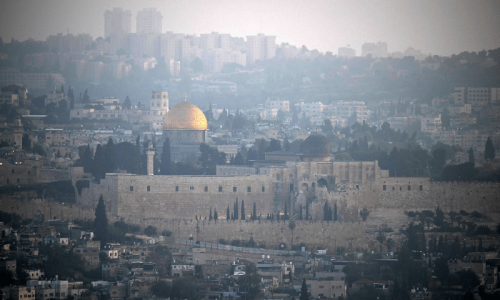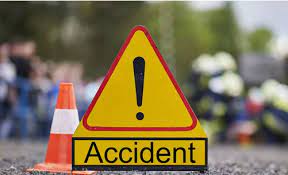J&K violence dents economy, over 5% dip in credit growth in 9 Valley districts
THE UNREST in J&K over the last year severely dented economic activity and credit growth across nine districts in the Valley, which were affected the most by the turmoil, according to data available with Reserve Bank of India. RBI data show that credit growth across these districts, including Srinagar, fell below 5 per cent for the quarter ended March 2017. While the year-on-year credit growth in Srinagar stood at 8.37 per cent in the quarter ended March 2016, it fell to 0.34 per cent in the quarter ended March 2017, which was lowest among the 22 districts in the state. In Shopian, it fell from 10.25 per cent to 1.15 per cent in the same period and in Anantnag, from a high of 20.6 per cent to 7.35 per cent .
The story is similar across Samba, Baramulla, Bandipore, Kulgam, Ganderbal, Badgam and Pulwama. An economic expert in Srinagar said that the unrest since the middle of 2016 appears to have had a bigger impact as it followed the 2014 floods, which made a severe dent on the state’s economy. “Almost everything has come to a standstill over the last one year. Historically, tourism-oriented sectors, such as hotels, transportation, handicraft and horticulture, have been the major sectors driving credit growth. But with decline in tourism over the last one year, all these sectors have suffered,” said the expert.
Bankers say that biggest decline in economic activity on account of the unrest has been in districts such as Srinagar, Shopian, Anantnag, Pulwama and Kulgam. RBI data shows that while other districts got impacted, their growth rates were relatively better and stood between 6 per cent and 20 per cent. For the state as a whole, the credit growth declined from 14.1 per cent in the quarter ended March 2016 to 5.05 per cent in March 2017. A senior banker with a leading bank in J&K said that while credit off-take has fallen on account of weak sentiment and lack of confidence among customers and banks, the region has also witnessed a rise in bank NPAs over the last three years as the revenue flow for many borrowers dried up.
“The period between 2010 and 2014 was peaceful and witnessed a lot of investment activity, especially in the hotel and transportation industry, as tourism grew. However, with a sharp decline in business activity over the last three years (since the 2014 floods), a lot of loans given by banks to the hotel and travel industry turned into NPAs. If on one hand, businessmen saw a sharp decline in business and revenue, the other impact has been the rise in unemployment,” the banker said. The banker said that unless there is 5-6 months of peace, consumer sentiment and banks’ “comfort to lend” won’t improve.
“During periods of unrest and turmoil, there is a shift in priorities and we are witnessing deferment in consumption-related decisions, too. If someone was planning to buy a car, he has postponed it and is instead hoarding foodgrain for 8-10 months. I think a revival in credit off-take will only be visible if peace is restored for a period of 5-6 months,” he said, adding that banks are practicing significant caution now while lending.
Credit growth is an important determinant of economic activity within an area as high growth shows that individuals have a higher propensity to borrow and spend, and reflects the tendency of businesses to borrow and invest. While the gross bank credit growth in the economy has been on a decline and hit 3.5 per cent in May 2017, the personal loan segment, which reflects consumption-led credit demand, grew at 13.7 per cent.(The Indian express)





